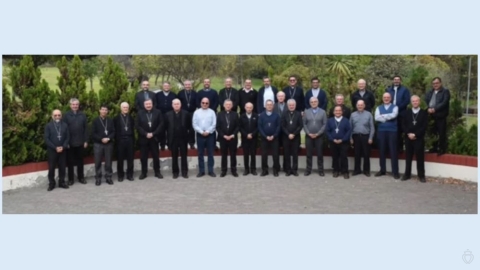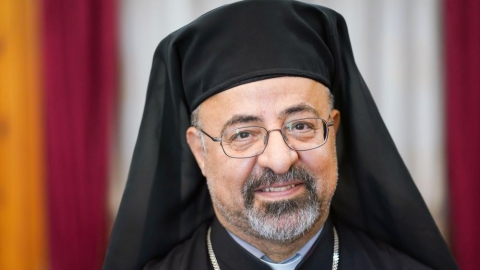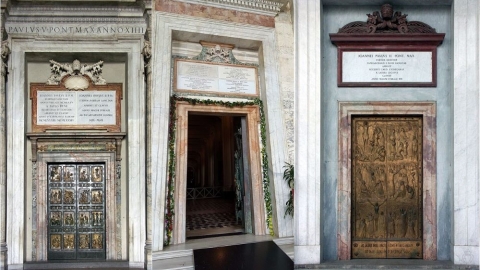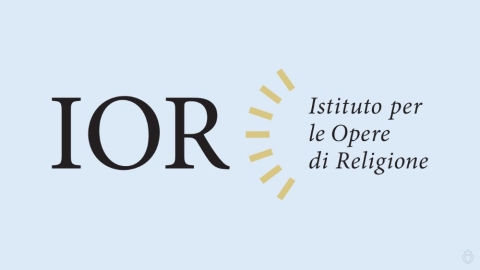The Church’s Growing Loss of Influence

On the occasion of the 35th anniversary of the consecrations at Ecône, the paper La Croix published an article on June 30, 2023 entitled “The Society of Saint Pius X, a limited influence.”
The following is a response penned by Fr. Alain Lorans, SSPX.
The article says, “The [Society of Saint Pius X] SSPX renews itself primarily from within its own ranks through generational reproduction”; “it is doomed to stagnation to ensure its survival”; “it is a completely autonomous institution that has in itself all the means to survive.” Sometimes they make a timid concession: “It remains a small active minority,” but the general impression that dominates is that of a self-sufficient Society.
What is striking about this article is its lack of historical and philosophical perspective. The reader is offered only a sociological, descriptive analysis, without ever delineating an explanatory reasoning. It confines itself to the how, without questioning the why.
As if they were afraid that this perspective would become a deeper questioning, and especially a more embarrassing one. Because to present the SSPX as a self-reproducing, immobilist, and completely autonomous is to turn it into a sect, but also to cordon it off to protect itself from any dangerously contagious reflection.
This lack of perspective leads to a smooth, wonderfully reassuring analysis for the partisans of conciliar principles. No consideration of the dizzying fall of vocations, nor of the catastrophic collapse of religious practice; not a line on the immense loss of influence of the Church today.
The Society has only a limited influence, they say, but there is no mention of the Church’s growing loss of influence over the past 50 years. A sad “development”! The ostrich pastoral care seems to be de rigueur, with its head buried in the quicksand of a “liquid,” ecumenical-ecological magisterium.
Not asking whether this dramatic situation has a significant part in the reaction of the faithful and priests attached to Tradition, is tantamount to presenting them as extraterrestrials, disconnected from contemporary realities. This is certainly reassuring for the fans of the Church’s openness to the modern world, but is it true?
One reality that La Croix does not mention is that criticism of the Second Vatican Council and its devastating effects has not been the sole responsibility of the SSPX for the past 35 years. This criticism is being expressed today, to varying degrees, among bishops, priests, academics, and journalists who recognize the doctrinal, moral, and liturgical crisis that has happened since the Council and even because of it.
They cannot imagine that the “Synodal Church” currently in gestation – where they will discuss the priestly ordination of married men and the diaconal ordination of women – will become the best recruiter for Tradition!
Assuring it [the Synodal Church] a more limited influence among the faithful and priests who are anxious not to become members of an NGO slavishly aligned with a biodegradable ideology, but to remain Catholic. This must be done not in 35 years, but in 2024, after the two sessions of the Synod.
(Source : Dici n°434 – FSSPX.Actualités)





